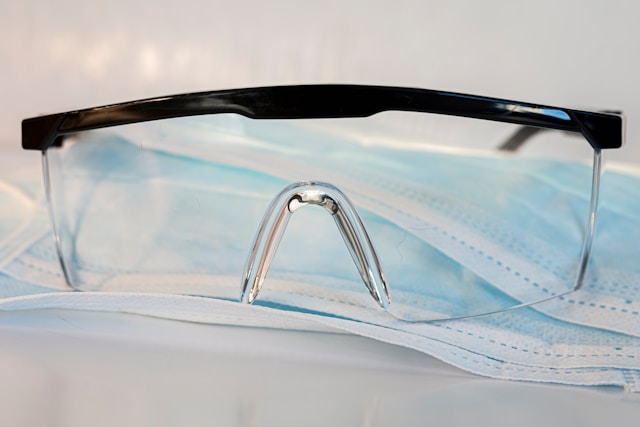Personal Protective Equipment (PPE) technology has undergone significant advancements in recent years, driven by the need for more effective protection, enhanced comfort, and improved user experience. From smart wearables to advanced materials and innovative design features, the evolution of PPE technology continues to revolutionize the way individuals protect themselves in various environments. In this comprehensive article, we will explore the latest trends, developments, and future prospects in PPE technology, highlighting the potential impact on safety, performance, and overall well-being.
The Rise of Smart Wearables:
One of the most notable trends in PPE technology is the emergence of smart wearables equipped with sensors, communication capabilities, and data analytics features. These intelligent devices can monitor vital signs, detect environmental hazards, and provide real-time feedback to users and supervisors. Examples include smart helmets with built-in cameras and augmented reality displays for construction workers, and smart respiratory masks that monitor air quality and filter effectiveness for healthcare professionals.
Advanced Materials and Construction Techniques:
Advancements in materials science and manufacturing techniques have led to the development of PPE made from lightweight, durable, and high-performance materials. Nanotechnology-enhanced fabrics offer improved filtration, antimicrobial properties, and breathability, while advanced composites provide superior impact resistance and protection against chemical and biological hazards. 3D printing technology enables the production of custom-fit PPE tailored to individual users’ specifications, enhancing comfort and safety.
Innovative Design Features and Ergonomics:
Modern PPE designs prioritize user comfort, mobility, and functionality without compromising on protection. Ergonomic features such as adjustable straps, padded cushions, and weight distribution systems minimize fatigue and discomfort during prolonged wear. Integrated cooling systems and moisture-wicking liners regulate body temperature and prevent overheating, while anti-fog coatings and ventilation ports maintain visibility and breathability in challenging environments.
Integration of IoT and Connectivity:
The Internet of Things (IoT) and connectivity technologies are increasingly being integrated into PPE to enable remote monitoring, data collection, and communication. Wearable sensors track physiological metrics such as heart rate, body temperature, and exertion levels, providing valuable insights into user health and safety. Connected PPE systems allow for real-time communication between workers, supervisors, and safety personnel, enabling faster response to emergencies and incidents.
Future Prospects and Emerging Technologies:
Looking ahead, the future of PPE technology holds promising developments in areas such as artificial intelligence, robotics, and biotechnology. AI-powered predictive analytics can anticipate safety risks and optimize PPE usage based on environmental conditions and user behavior. Robotics-assisted exoskeletons enhance strength and mobility for workers in physically demanding industries, while biologically inspired materials offer self-healing properties and adaptive functionalities.


